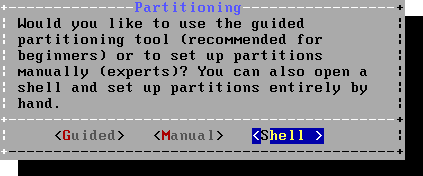Are there any instruction anywhere on how to Gmirror your disks before installation?
I found this how-to guide for UEFI : https://forums.freebsd.org/threads/install-uefi-freebsd-on-gmirror.71904/
Is anyone able to convert the following for non-UEFI?
I found this how-to guide for UEFI : https://forums.freebsd.org/threads/install-uefi-freebsd-on-gmirror.71904/
Is anyone able to convert the following for non-UEFI?
Code:
kldload geom_mirror
dd if=/dev/zero of=/dev/ada0 bs=1M <<< I wipe my disks before use as RAID <<<
dd if=/dev/zero of=/dev/ada1 bs=1M <<< You better know what your doing here <<<
gmirror label -v gm0 /dev/ada0 /dev/ada1
gpart create -s gpt /dev/mirror/gm0
gpart add -t efi -a4k -s 200M /dev/mirror/gm0
gpart add -t freebsd-ufs /dev/mirror/gm0
newfs_msdos -F 32 -c 1 /dev/mirror/gm0p1
mount -t msdosfs /dev/mirror/gm0p1 /mnt
mkdir -p /mnt/EFI/BOOT
cp /boot/loader.efi /mnt/EFI/BOOT/BOOTX64.efi
umount /mnt
newfs -U /dev/mirror/gm0p2
mount /dev/mirror/gm0p2 /mnt
echo "/dev/mirror/gm0p2 / ufs rw 1 1" >> /tmp/bsdinstall_etc/fstab
echo 'geom_mirror_load="YES"' >> /tmp/bsdinstall_boot/loader.conf
exit

